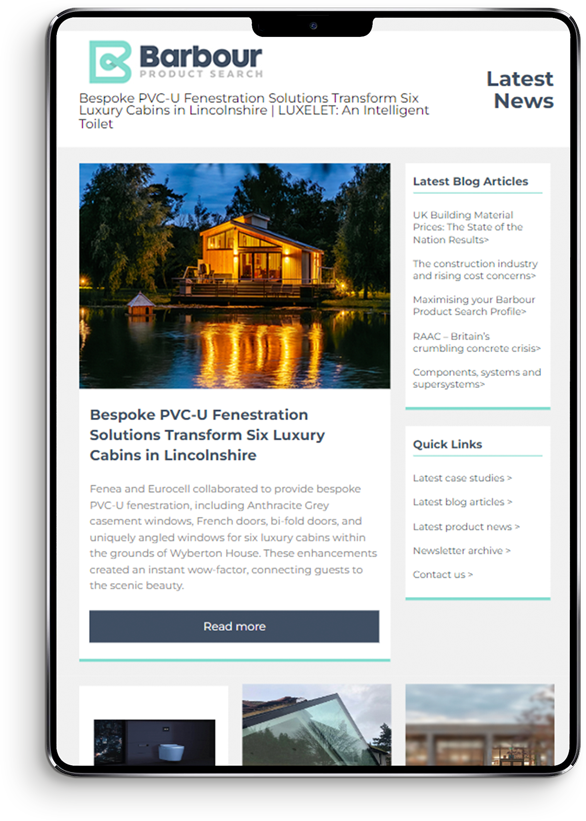Liquid roofing systems have long been viewed as a functional, problem solving and durable solution for many roofing projects. However, in recent years the quality of the liquid itself has been known to be compromised as organisations seek to solve complex roofing issues whilst adhering to ever tightening budgets.
Langley Waterproofing Systems Ltd, explains how this needn’t be the case when high performance liquid membranes are used in conjunction with traditional roofing membranes.
Looking beyond the choice of roofing materials that we have at our disposal today, the ultimate purpose of a roof is to provide a protective barrier between the elements and the contents of a building.
From traditional felt to single-ply, asphalt, self adhesive or liquid coating solutions, each can present a set of distinctive advantages or disadvantages to a project.
But it’s fair to say that a decision to select poor quality or non-compatible materials will inevitably lead to an earlier first maintenance, and at worst, roof system failure.
Liquid is rapidly becoming the system of choice for tackling complex roof detailing where there may be multiple service outlets and various plant items to contend with.
The benefits being that liquid can be applied directly to these hard to navigate areas, not only saving time but also reducing the risk of premature failure at these points.
With high quality liquid typically more expensive per square metre than traditional waterproofing materials, there can be a reluctance to use liquid systems on larger roofing spaces, or there is a tendency to settle for cheaper quality liquid.
Cheaper liquids are often more susceptible to atmospheric conditions and general weathering, and prolonged exposure to UV rays can lead to chalking and discolouration. This is likely to have a negative effect on the overall performance of the liquid system and can result in a need for additional refurbishment work in as little as 10 years’ time.
But what many don’t realise is that it needn’t be a case of choosing one or the other, or opting for a cheaper form of liquid which may conserve budgets, but may come at a cost to the durability, performance and longevity of the roofing system.
It’s actually possible to make economical savings without compromising quality or overcomplicating installation processes – simply by using high quality liquid in conjunction with high performance bitumous membranes.
Take for example a large project specified in high quality liquid due to an area of ventilation and plant material. It may prove cost effective to introduce high performance felts to the larger flat roof areas while retaining the quality liquid where required. Specifiers can design a solution that incorporates both felt and high quality liquid for the ultimate ease of application, durability and cost efficiency.
It is worth noting that not all liquids are compatible with all roofing materials so it is important to seek expert advice on the best solutions.
There may also be instances when liquid alone works well, even on large scale roofing projects, such as when traditional torch applied systems are prohibited or where there is limited access for building materials to reach the site. In these instances the cost benefits saved by using high quality liquids on the whole project can be measured elsewhere.
Systems specified are sometimes simply a matter of personal preference. Often based on past project performance but, the system chosen doesn’t necessarily lend itself to the project at hand.
There is a reluctance to using a combined liquid and traditional material roofing solution, much of this stems from a concern over how this may affect product guarantees, on the basis that using two different systems in combination often meant calling on the expertise of two separate trades but more importantly, sometimes led to certain caveats within the roofing guarantee.
These project pressures have forced the roofing industry to have a rethink on how using the two different systems can offer a reliable and cost effective solution. Thus allowing for companies like Langley to offer customers independent insurance-backed guarantees covering both the liquid and traditional materials and more importantly, at the joins between the two materials.
This way, clients get the best of both product offerings, without having to consider caveats across multiple policies.
A combined material approach is not a case of reinventing the wheel; it’s more of a solution to modern roofing situations. Rewind 30 or 40 years and roofers didn’t encounter the same plant, ventilation and other complex obstructions that exist today. We need to work with our traditional materials and high performance liquids to provide the solutions required.
The important point is to make informed choices based on expert advice and not to compromise quality to save costs or suit personal preferences, which will ultimately prove to be a false economy.
Combining high performance membranes with high quality liquids can prove to be a far more economical option, giving specifiers modern flexibility while maintaining whole system durability, performance and longevity.
View Liquid Roofing Systems Product Entry




